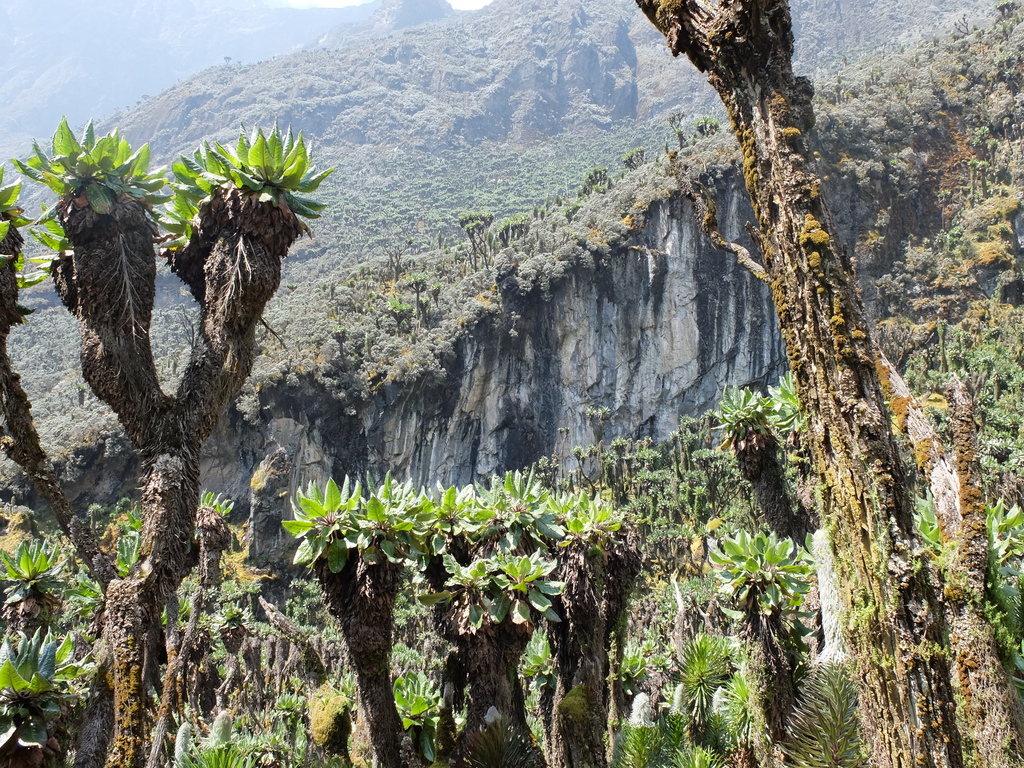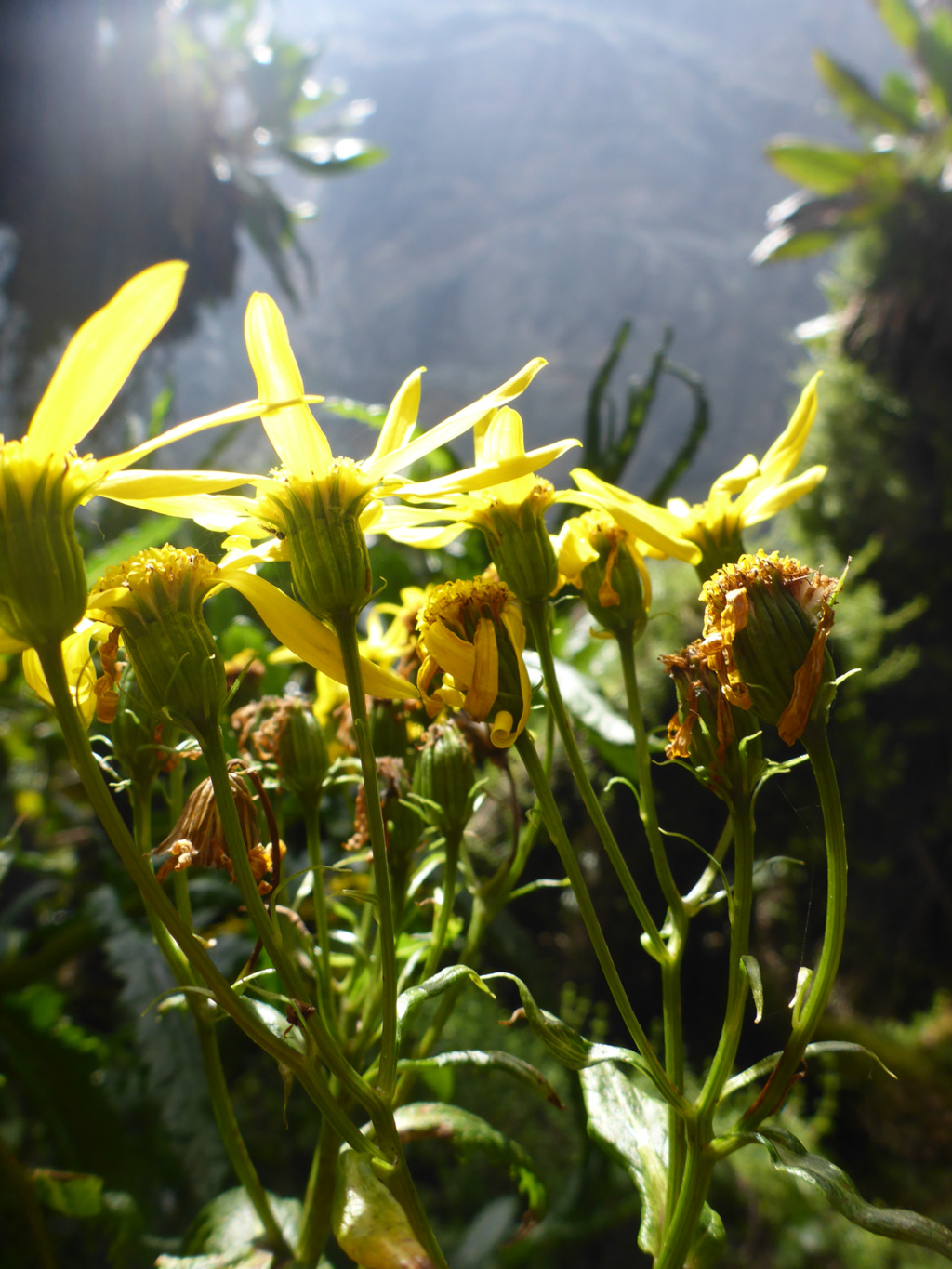Evolution of *Senecio* and it's biogeographic history

The tropcial Afroalpine is a unique continental habitat island system with distinct climatic conditions. The climate varies daily from warm to freezing temperature. Many species have evolved adaptations to this climate, such as the famous Dendrosenecio species. Do species within this unique habitat adapt from regions with tropical climatic conditions or from more distant temperate sources? Senecio another genus within the tribe is the largest genus in the region and one of the largest plant genera worldwide. The genus belongs to the tribe Senecioneae within the daisy family (Asteraceae). The evolutionary history of the tribe is still mostly unknown, due to several hybridization events, incomplete lineage sorting, the high amount of species and unknown synapomorphies. The genus is not monophyletic and synapomorphies are not known. I used collection based and phylogenetic methods to understand the evolution of the genus, the historical biogeography as well as some macroecological patterns within the genus. The genus colonized the region several times (5-15) independently from distant regions and dispersal between the mountains seems to be more important than in situ speciation (Kandziora et al. 2016).

Senecio sensu strictu evolved during the Mid- to Late Miocene in the arid or semi-arid regions of Southern Africa. Due to the species diversity and its age, it has a relatively high speciation rate compared to many other groups and is one of the very few genera that have nearly a cosmopolitan distribution. From its southern African origin species colonized the world. Two lineages independently colonized the Palaearctic from two distinct sources but retaining their broad scale ecological niche (Kandziora et al. 2017).